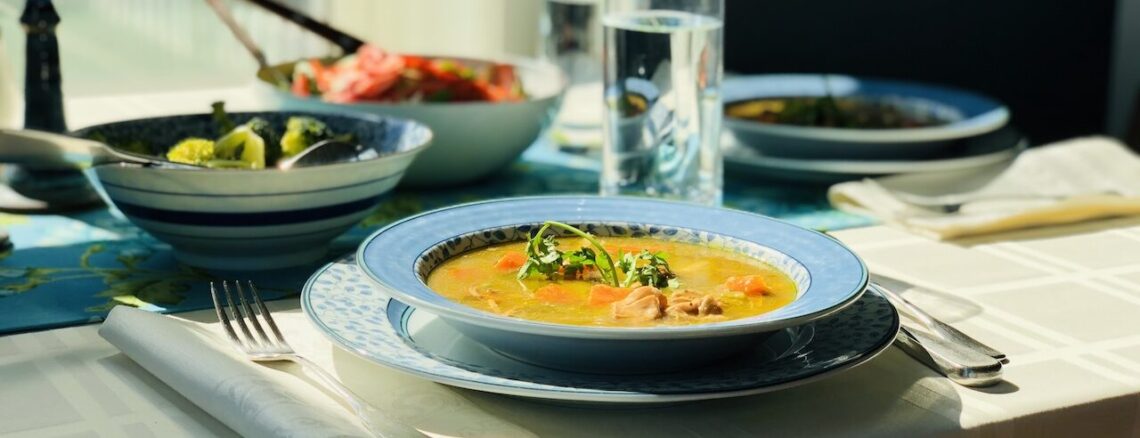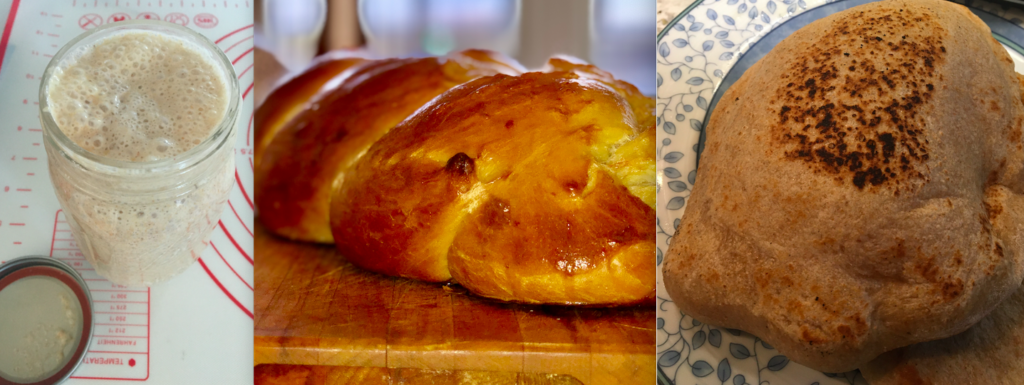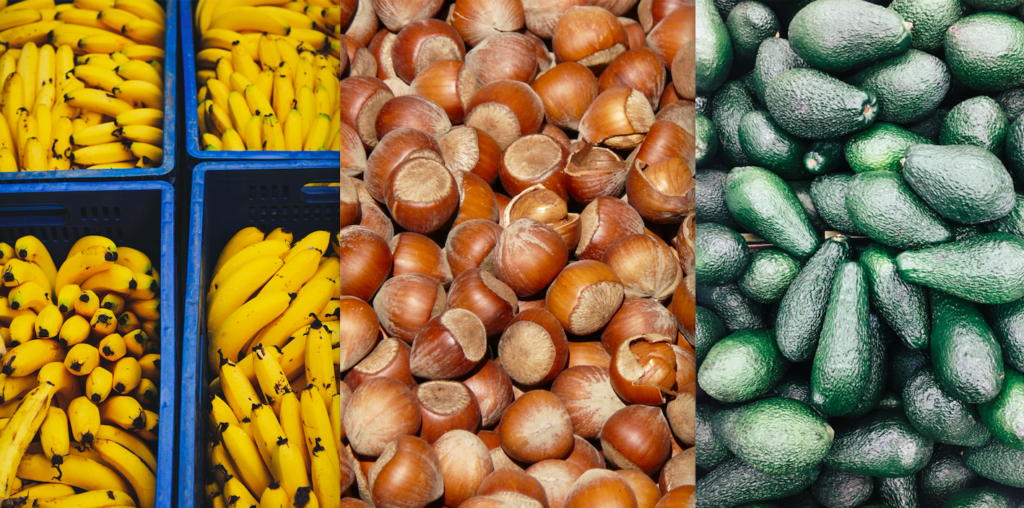
Welcome!
This is a blog about the joys of cooking and eating and the stark reality of where our food comes from. It is, at its heart, a pandemic blog. It was born out of my restlessness during a stay-at-home order and a desire for something to do that was not Covid-related – initially cooking and eating, and then later cooking and eating and writing. But it was also born from the combination of my professional life and my hobbies: human rights and corporate accountability work + cooking and baking (and, of course, eating). (You may be asking: What is corporate accountability work? I’d define it as the fight to stop corporations from violating human rights and harming the environment.)
As a human rights lawyer focused on corporate accountability, I spend a lot of my time tracing and mapping supply chains. Within my family I’ve come to be known as a bit of a “killjoy” for occasionally dropping into conversation a key fact about child labor or environmental harm in the supply chain of the food my family was enjoying at that very moment. (For the record, I think I’m just providing information – not judgment – but there are differing views about that.)
Without the option to go to restaurants or meet friends for dinner, and with no daily commute to take up my time, I’ve been cooking a lot more. I began the pandemic cooking what can only be described as typical millennial food: Alison Roman’s #stew and everything that Deb Perelman from SmittenKitchen has ever made.
But as it progressed, my parents – with whom I had somehow ended up living – started to get bored eating the same food and so I began to experiment. There was the Thai Chicken Meatball Soup, the brown-looking tagine that maybe sort of worked, the homemade gefilte fish for Passover, and a lot more in between. And then there was the bread: the failed sourdough starter, the successful sourdough, the pita bread, the whole wheat bread…it goes on and on.

For each recipe in this blog, I focus on one ingredient and on a specific human rights or environmental issue within that single supply chain. Though I sometimes provide suggestions for more ethical sources, my goal is not to tout individual suppliers, but rather to educate anyone who may be interested in the issues. I believe that people should have access to information about where their food (and other goods) come from so that they can make informed decisions and act according to their own principles.
While the challenges in food supply chains are too large and systemic for any individual consumer’s actions to really impact how corporations source and produce goods, my hope is that learning about these issues is a step towards taking action. Companies that produce our food will only change if they are forced to do so. For this to happen, we need to pass stronger laws and regulations, fight for large-scale boycotts, and bring lawsuits that put companies’ bottom lines on the line.

I also want to emphasize that I am not a purist. On occasion I eat shrimp from Thailand (forced labor); I consume sugar like everyone else (horrible working conditions); and I love chocolate (child labor). I don’t have the budget to buy only “ethically” sourced goods. And even if I did, the amount of time needed to determine which products are ethically produced and which are not would be prohibitive – not to mention impossible, since much of this information is closely held by corporations and is not publicly available. But I still struggle with the ethics of eating and buying every time I want a nut, eat an avocado, or buy fish. This blog is my attempt to engage more deeply with these issues while also having a great time cooking and sharing recipes.
So please: Cook and eat and enjoy!
-Allie
